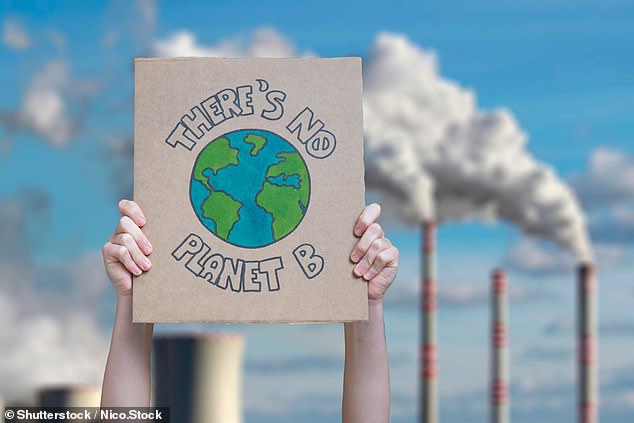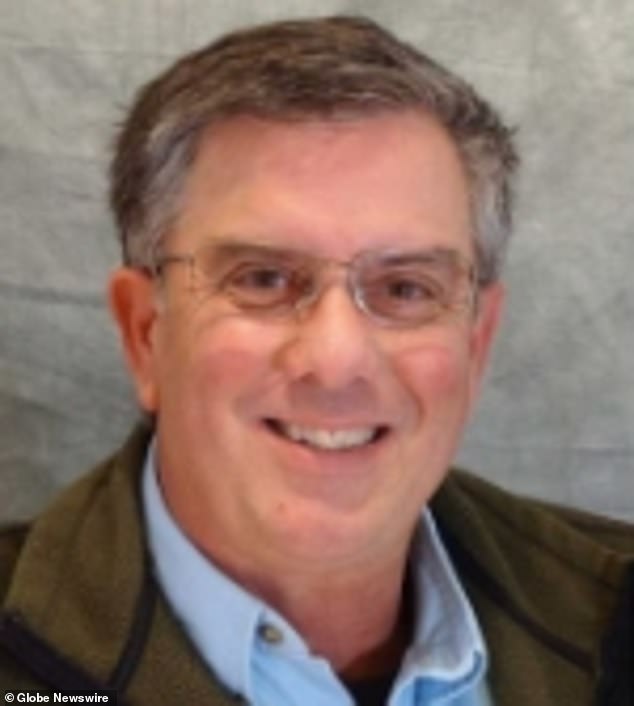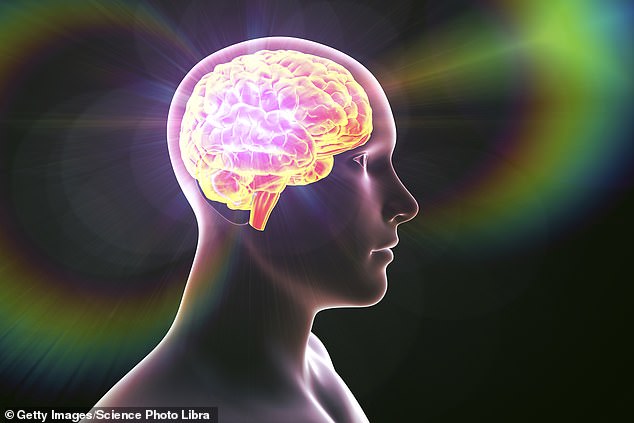A futurist has claimed that there are three stages of human evolution and that our species is currently in the second stage.
Jeffrey Charles Hardy, founder of the nonprofit Care for Peace, developed a global perspective of the “human timeline,” placing us in a “suspended” state.
In the first phase, which lasted about 2.5 million years, humans conquered nature, but Hardy now believes we have moved “towards a sustainable coexistence of the planet and its inhabitants.”
In the suspended state, humans will have to “reassess and move away from the unsustainable practices of unlimited growth and waste that we inherited from early human evolution,” Hardy said.
He went on to explain that we have been dormant since the creation of the atomic bomb in 1945 which solidified our dominance over nature, but the only path to the “Second Stage” is to reverse the damage that has been done.
Humans are in a state of “suspended evolution” after spending more than two million years in the first stage while conquering nature. There are three stages of evolution: the first stage which lasted 2.5 million years, the suspended stage – in which humans are currently – and the second stage of evolution.
The phase of human evolution we are in now is suspended because we do not have a plan for the Second Human Evolution.
“It’s still to be determined and it’s up to us to imagine it, discuss it, plan it, design it and implement it,” Hardy said.
The visionary stresses that society must learn from the past and harness the knowledge of academics, the media, governments and non-governmental organizations to facilitate this revolutionary transformation. “The process is the solution.”
Hardy said his human evolutionary timeline was inspired by his experience as an international health care planner in the 1970s.
He realized that peace could be sustained through compassionate actions by people, which led him to embark on a global mission to create a timeline to address humanity’s greatest problems, such as climate change and environmental degradation.
It was then that Hardy created four templates.
They included the personal prime directive, which focused on individual values and responsibilities, and the relational prime directive, which explained the importance of harmonious relationships.
The second two templates encompassed a culture that balanced the holistic well-being of an individual and the organization, aligning with more peaceful and sustainable goals.
“When I was working as a hospital corpsman, I remember caring for young, sick or wounded sailors returning from the Vietnam War,” Hardy recalled.
‘In those moments of giving injections, changing dressings and just being there for them, I realized that there is an intrinsic relationship between caring for others and the feeling of peace.’
For millions of years, humans attempted to conquer nature, most recently through industrialism, believing that the world was ours to dominate.
Humans conquered nature by striving to control everything around them through the urbanization of cities and infrastructure.
This allowed for the expansion of the human population, the introduction of mining and fossil fuels for energy, and the use of irrigation, crop rotation, and selective breeding to increase food production.

Hardy argued that this mindset led humans to a stage of suspended evolution from the 1950s, after engineering a nuclear war that could destroy humanity. The after-effects of the atomic bomb that killed between 129,000 and 226,000 people when it was deployed on Nagasaki and Hiroshima in 1945 are still being felt today.
In 1949, Austrian psychoanalyst Sigmund Freud argued that progress in civilization required “addressing the assault on nature, thereby forcing it to obey human will, under the guidance of science.”
Humans have remained in the suspended phase of evolution since the 1950s after the government created the Manhattan Project, which was tasked with designing a nuclear war that could destroy humanity.
The creation of the atomic bomb meant ‘the complete dominion of humanity over nature and meant the end of the First Human Evolution’, a Press release saying.
The after-effects of the atomic bomb, which killed between 129,000 and 226,000 people when it was dropped on Nagasaki and Hiroshima in 1945, are still felt today.
Parts of the United States, including Missouri and Utah, are still suffering from cancer-causing radiation poisoning from mines and nuclear waste nearly 80 years after the attack.
The World Nuclear Association reported that ‘the nuclear industry still has no solution to the waste problem’.
Although governments have worked to implement waste prevention and recycling programs, Stanford University’s School of Sustainability My dear Cleaning up the residual waste from the Manhattan Project alone would cost at least $300 billion.

Jeffrey Charles Hardy (pictured) is a healthcare futurist who says that after millions of years, human evolution has stalled.
Hardy warned that humans will continue in a suspended state of evolution until we recognize the need to reduce the waste created during early evolution.
“What I call suspended human evolution is suspended because we’re bobbing like fish on the deck or we’re in one of those Indiana Jones movies where we’re on one of those bridges that goes from one side to the other and there’s a chasm below, and if we fall off we’re going to die,” Hardy said in Care More Be Better. podcast.
He explained that humans will not be able to move to the second evolutionary stage until they develop a plan to overcome and eliminate the waste and unsustainable growth created in the first evolution.
“We really need to have this discussion with the rest of the world if we want to move from the first human evolution, which is dead, to a second human evolution that we haven’t planned for yet,” Hardy said.
“It is still to be determined and it is up to us to imagine, discuss, plan, design and implement,” Hardy said, adding that academics, government and non-governmental organizations will need to learn from the past for “innovative transformation” to occur.
‘The first human evolution is over and we have to… learn from our mistakes, learn from the past, learn from our history, learn from each other and start talking and discussing what that second human evolution should be.’


